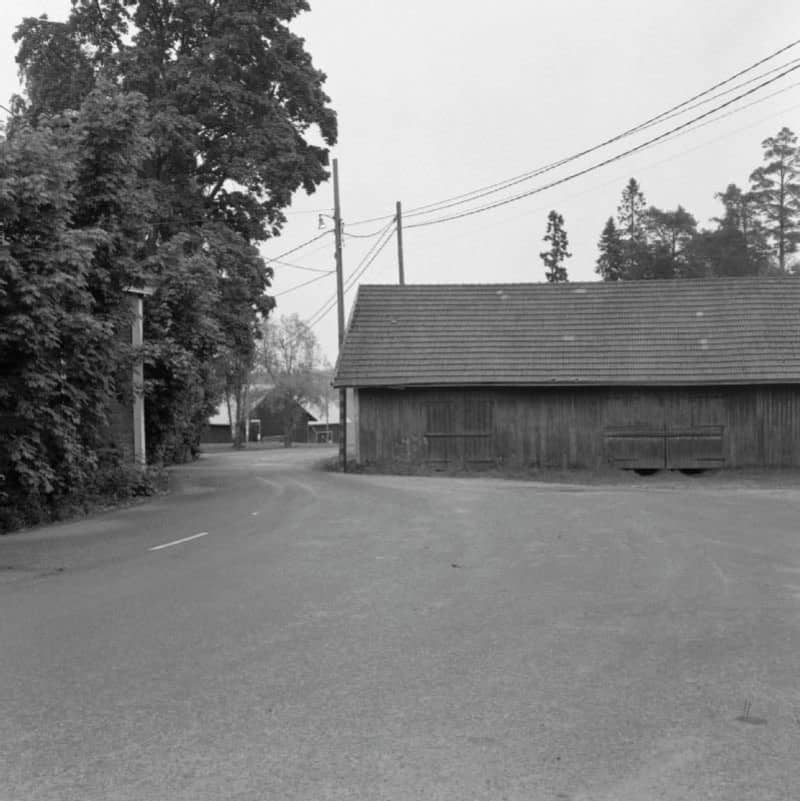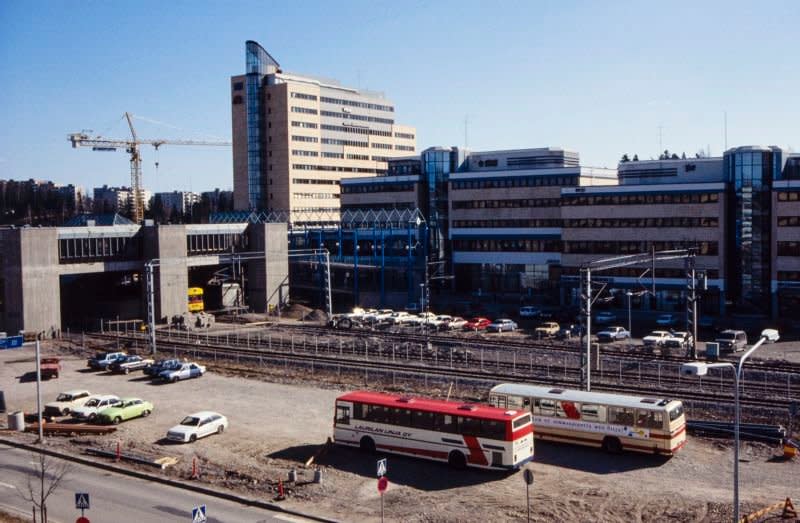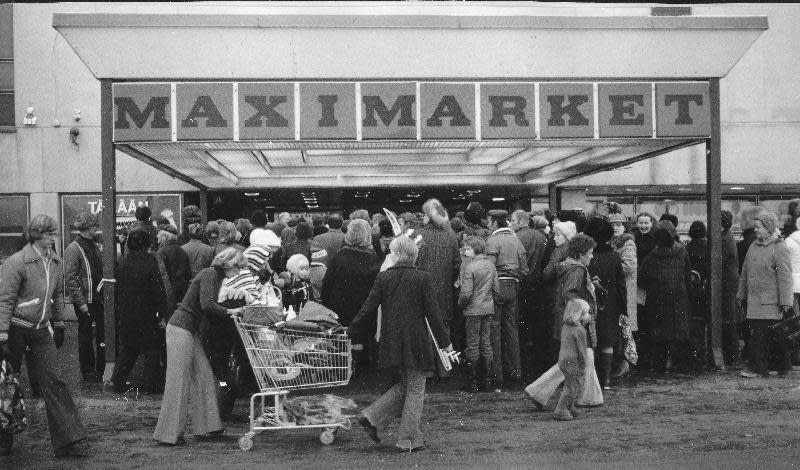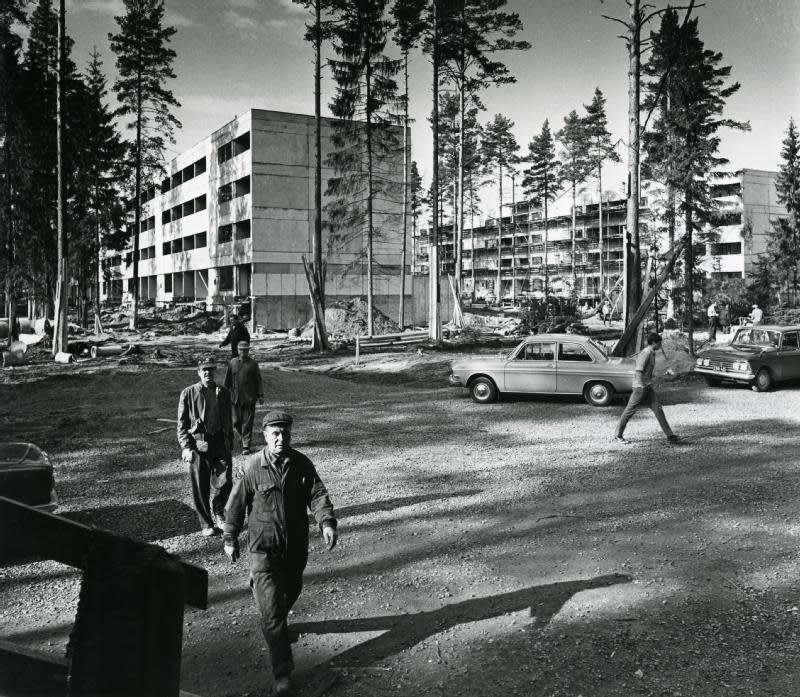Finland’s second largest city is only 50 years old. Espoo might be even younger if the neighboring city of Helsinki hadn’t claimed Tapiola and Leppävaara for itself.
Espoo’s population exceeded the 300,000 mark last June. So it’s a Finnish big city. Espoo also has a long history, which is reminiscent of the medieval church.
That is why it is perhaps a little surprising that Espoo did not receive city rights until January 1, 1972.
As a city, Espoo is younger than, for example, Järvenpää, Pieksämäki or Kerava. The city of Vantaa is, after all, a few years younger than Espoo.
In Espoo, emigration from the countryside to the cities crystallizes
When Espoo became a city, it immediately became one of the largest. In 1972, there were already around 100,000 people from Espoo.
Just a few decades ago, there were a few thousand people from Espoo, the main occupation was farming and the majority spoke Swedish. It is known that there are still many generations of people from Espoo, but the overwhelming majority have moved from elsewhere.
Post-war urbanization is crystallized in Espoo, but in a somewhat peculiar way: people moved there from the countryside, but at the same time its own rural character almost disappeared.
Today, a fifth of Espoo residents speak something other than Finnish or Swedish as their mother tongue. The share of Swedish speakers (6.7%) is roughly the same as the average in Finland.

Grynderien Espoo
From the 1950s, Espoo grew so fast that the municipality could not build apartments at the same pace.
Construction was entrusted to banks and construction companies. In Espoo, the arrangement was called the regional construction system. It is also called grinding.
In 1966, no less than 1,000 hectares – almost twice the area of Kauniainen – was transferred to construction companies, which started building the suburbs of Karakallio, Westend, Matinkylä and Iivisniemi.
Garden district
Tapiola is also one of Finland’s national landscapes.

Helsinki played a surprising role in the background of Espoo’s city decision
I moved to Espoo not only from the countryside, but also from Helsinki. Especially Tapiola and Leppävaara, which are located near the Helsinki border, had grown rapidly.
In the 20th century, the capital of the country sought additional space from the west side of Espoo several times. In the 1960s, business was tough again.
As a form of municipality, the township – which Espoo was at that time – was weaker in terms of rights than the city. By becoming a city, Espoo managed to stop Helsinki’s expansion plans.
There were other reasons behind Espoo’s decision to become a city, but the harassment of a larger neighbor perhaps sped up the process a little.

Why is the center of Espoo in the center of Espoo?
City centers are often born as if by themselves in places where people gather: near markets, shops and churches.
It was different in Espoo. As a result of regional development, Espoo was fragmented and lacked a natural center. It was decided to do it.
There was a long debate about the location of the center, with Tapiola and Leppävaara being the favorites of many. In this case too, Helsinki’s threat decided the game. The city center was placed as far away from Helsinki as possible, in the middle of the fields in Muurala.

When the whole of Espoo lined up at the Maxi market
Although the people of Espoo have been getting used to the metro for a few years, the car and the highway are at the core of being Espoo. It’s no wonder that Finland’s second car dealership – the first was reportedly in Hämeenlinna – opened its doors in November 1971 in Espoo.
One high point was the 1977 fire. The result was a so-called smoke wave, where, based on the pictures, all the people of Espoo and even half of Helsinki queued up. A slight smell of smoke in the products did not seem to bother the buyers.
_The source of the story was, for example, the website of the Espoo Traditional Society._
_What thoughts does the story evoke? You can discuss the topic on 27.8. until 11 p.m._

